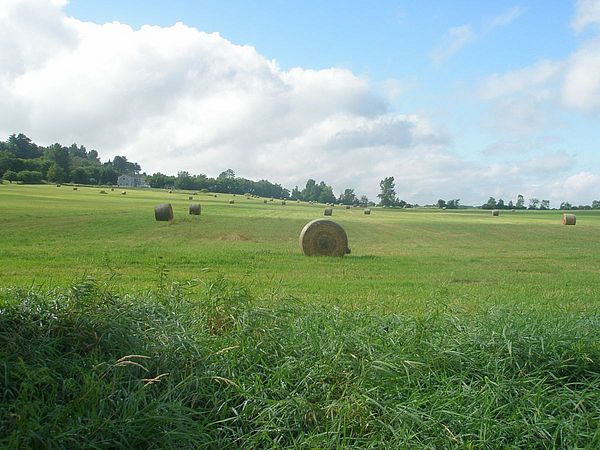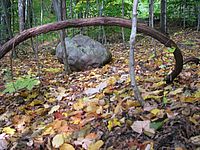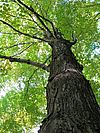
A Quick Guide to Conserve Land
How Does Conservation Work?
Conserving land in Charlotte usually starts with a call or email to the Charlotte Land Trust. CLT gathers information about the land and does an initial site visit with the landowner. If this initial review indicates that a property is a candidate for conservation, CLT hires a consulting ecologist to prepare an in-depth report of site features. If the report confirms that conservation of the property meets CLT’s criteria and goals, we begin the process with the landowner leading to a conservation easement.

What is a Conservation Easement?
A conservation easement is a legal document that states the purpose of the easement, such as protection of agricultural land, wildlife habitat, forests, waterway and wetlands or other important site features. The conservation easement also specifies the permitted and restricted uses of the property, such as allowing agriculture, forestry or recreational use, but prohibiting future development or subdivision. Each easement is tailored to the specific property and its site features and how they can best be protected. One of the features that makes a conservation easement such a powerful way to protect land is that the easement runs with the land and applies to all future landowners too.
How Does A Landowner Benefit?
As part of the conservation process a property appraisal is done to determine the full value of the land without restrictions and the value with the conservation easement’s restrictions. The difference in the two values is, in essence, the value of the conservation easement. Landowners may be able to take a charitable deduction for the easement value if it is donated to the conservation organization or sold at less than full value (a bargain sale). But while the financial return or tax advantage of conserving land is important, the greatest value for landowners is often the knowledge that their land will be protected and retain its special features for many generations to come.

What are the Sources for Funding Conservation?
CLT funds conservation projects through several sources, including local fundraising, grants from foundations and the Vermont Housing and Conservation Board (a statewide conservation funding program). Charlotte is extremely fortunate to also have a Conservation Fund that provides funds for projects within the Town. The Fund not only makes the difference in having adequate money to complete conservation projects, it also enables Charlotte to qualify for many grants that require local funding matches.
Conservation is a complicated process and this is a description of its most basic points. Please contact the Charlotte Land Trust if you are interested in conserving your property or would like to learn more about how we might help to preserve the best of our landscape.
Project Selection Process
One of the tools CLT uses in reveiwing potential projects is a set of questions called “Project Selection Criteria” to guide the decision making and ranking of potential projects. In addition, CLT consults various resource maps for the Town of Charlotte such as those on Critical Wildlife Habitat, and Natural and Cultural Features with High Public Value.
Projects are assessed for consistency with the goals of:
- Compatability with the Charlotte Town Plan
- Preservation of Charlotte’s significant agricultural, natural and scenic resources
- Long term management of the terms of the conservation easements
CLT’s list of project selection criteria are used to ensure that:
- Land protection goals for location, type and context are met
- A pattern of conserved land is created throughout the town and for significant resource types
- Projects are financially feasible and within the capacity of CLT to complete and steward long term
- Landowner needs and wishes can be met

Conservation Counts!
Conservation can be a complicated process and this has been just a brief description of its most basic points. Conservation has had a profound and lasting impact on Charlotte by protecting our most important farmland, our most sensitive natural areas and wonderful recreational opportunities. Please contact us for more information.
